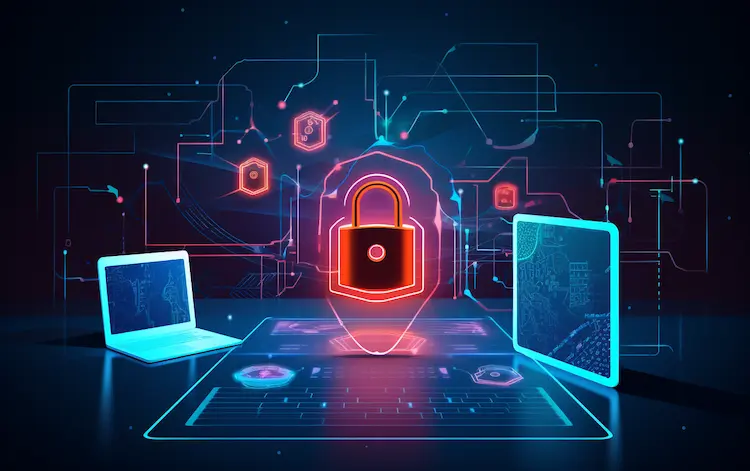
In cybersecurity, a gap analysis is a systematic assessment that helps organizations identify the differences (or “gaps”) between their current cybersecurity measures and the desired state of security. It is used to evaluate an organization’s security posture and identify areas where improvements are needed. Here’s an example of a gap analysis in cybersecurity:
Objective: Assess the cybersecurity posture of a medium-sized company and identify gaps in their security controls and practices.
Steps in the Gap Analysis:
- Define the Scope: Clearly define the scope of the gap analysis, including the specific systems, networks, or compliance standards to assess.
- Gather Information: Collect relevant information about the organization’s existing cybersecurity measures. This includes policies, procedures, documentation, and technical configurations.
- Identify Security Standards: Determine the security standards, frameworks, or regulations that apply to the organization. This could be industry-specific standards like NIST Cybersecurity Framework or compliance requirements like GDPR or HIPAA.
- Consultant Engagement: Engage a cybersecurity consultant or a consulting firm with expertise in gap analysis and cybersecurity assessments. The consultant should work closely with the organization’s IT and security teams to guide the assessment.
- Assessment of Current State: The consultant conducts a thorough evaluation of the organization’s current cybersecurity measures against the selected standards. This includes:
- Reviewing the configuration of firewalls, intrusion detection systems, and antivirus software.
- Examining employee training records to ensure they have received cybersecurity awareness training.
- Analyzing incident response procedures to ensure they align with best practices.
- Gap Identification: The consultant, with their expertise, compares the current state with the desired state (defined by the security standards). They identify gaps where the organization’s practices fall short of the standards. For example:
- Discovering that the organization lacks multi-factor authentication (MFA) for remote access, which is a requirement under the chosen security framework.
- Finding that the organization’s incident response plan does not include specific procedures for data breach notification, which is required by regulatory standards.
- Risk Assessment: The consultant assesses the potential risks associated with each identified gap. They determine the impact and likelihood of security incidents that could occur due to these gaps, providing a more informed risk assessment.
- Prioritize Gaps: Together with the organization’s management, the consultant helps prioritize the identified gaps based on their risk level. Some gaps may pose a higher risk to the organization’s security and compliance than others.
- Recommendations: The consultant provides recommendations on how to address each identified gap. These recommendations may include implementing specific security controls, revising policies and procedures, or enhancing employee training. They can offer practical solutions and guidance.
- Create an Action Plan: With the consultant’s assistance, the organization develops a detailed action plan that outlines the steps required to close each gap. Responsibilities are assigned, and timelines for implementation are established.
- Consultant Expertise: Throughout the process, the consultant leverages their expertise and knowledge of industry best practices, emerging threats, and regulatory requirements to ensure that the organization’s cybersecurity measures are up-to-date and effective.
- Monitoring and Review: The consultant can assist in setting up a system for regular monitoring of progress in closing the identified gaps and can periodically review the organization’s cybersecurity posture to ensure ongoing compliance and security.
By engaging a cybersecurity consultant, organizations can benefit from specialized knowledge, experience, and an external perspective to conduct a comprehensive gap analysis and improve their cybersecurity posture efficiently and effectively. Consultants can bridge knowledge gaps, provide actionable recommendations, and help organizations make informed decisions about their cybersecurity investments.

